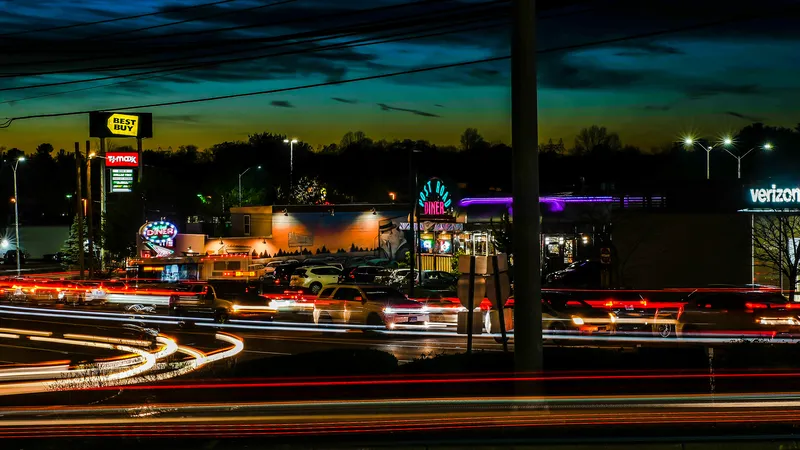InDriver has launched its ride-hailing app in New York City (NYC) which allows the driver and passenger to negotiate lower fares. The app allows users to set a fare for a selected route. Nearby drivers receive the destination and fare and can either accept or bargain for more money. The passenger receives multiple offers from drivers, allowing them to make a choice based on fare amount, driver ratings, estimated time of arrival and vehicle make/model.
The service is available to communities in Brooklyn,
March 19, 2019
Read time: 2 mins
InDriver has launched its ride-hailing app in New York City (NYC) which allows the driver and passenger to negotiate lower fares. The app allows users to set a fare for a selected route. Nearby drivers receive the destination and fare and can either accept or bargain for more money. The passenger receives multiple offers from drivers, allowing them to make a choice based on fare amount, driver ratings, estimated time of arrival and vehicle make/model.
The service is available to communities in Brooklyn, Queens, the Bronx and Staten Island – where Bill de Blasio, the city’s mayor, announced the launch of a dockless bike-share scheme in June.
InDriver vehicles are also available to riders in Manhattan for longer trips throughout the city.
The company says its drivers will receive the entire fare of every ride for the first six months, excluding taxes, tolls, bank fees and the Black Car Fund surcharge – a fund set up to ensure the safety of for-hire drivers and their passengers. After this period, the commission fee for drivers will be 5-8%.
As part of the launch, InDriver has moved its headquarters to NYC.










